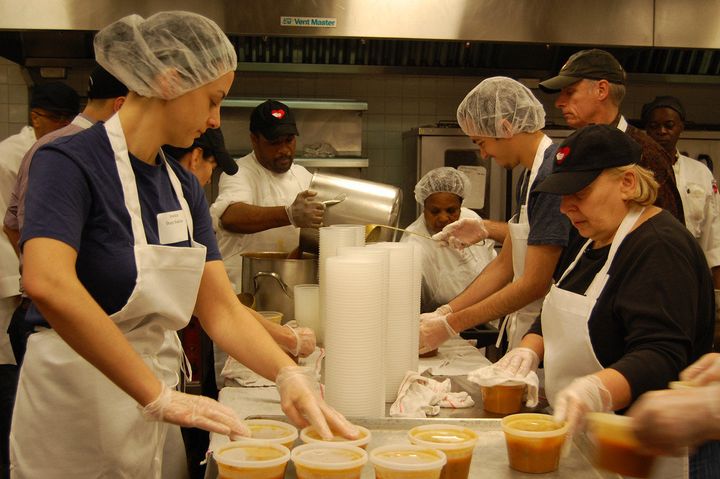
At times, old-fashioned journalism resurrects itself to achieve its highest purpose, and the proof, ironically, can be found in the response of new social media. My Twitter feed was on fire Sunday night as a result of Scott Pelley's powerful 60 Minutes segment on child poverty, hunger and homelessness in central Florida. Harkening back to an Edward R. Morrow-like era when reporters served less as pundits and more as national conscience, Pelley returned to bear witness to the stoic suffering of children caught in an economic downturn not of their own making. The Sunday evening broadcast was a fitting bookend to the holiday weekend that began with the blessings of abundance that many of us enjoy over Thanksgiving.
With more than one in five American children living in poverty, and almost half of the record level 45.8 million SNAP food stamp recipients being kids, childhood hunger is finally being discovered by mainstream media. On Tuesday, The Dr. Oz Show aired an eye-opening special, "The New Face of Hunger in America," and documentaries are being produced by the Food Network and by Participant Media.
The long-term strength of our economy is inextricably tied to our ability to feed our children and allow them to succeed. Hungry children fall behind in school and are also more susceptible to obesity, diabetes, hyper-tension and an enormously expensive array of other health care costs borne by society at large. For these reasons, governors on both sides of the aisle are joining corporate leaders and nonprofits to support field-tested strategies to connect at-risk children with the meals they need. Over the past year, based on preliminary numbers that are certain to go up as more data flows in, No Kid Hungry campaigns organized by Share Our Strength helped connect children with more than 1 million additional summer meals and more than 4 million additional school breakfasts.
At this time when states struggle with budget shortfalls, governors who implement No Kid Hungry campaigns are discovering that connecting more of their children with school breakfasts, summer meals, and other programs also drives already appropriated funding to their states -- money that can stimulate local economies by buying milk from local dairy farmers and bread from local bakers.
All these factors combine to make childhood hunger a very winnable issue in this country. But these children can't hire lobbyists and don't have a seat in our corporate board rooms. So with the election season upon us, childhood hunger risks are once again being left out of the national conversation, despite the best efforts of enterprising journalists like Scott Pelley and prescient governors like Maryland's Martin O'Malley, Colorado's John Hickenlooper, Virginia's Bob McDonnell, and Arkansas' Mike Beebe.
Scott Pelley's piece is a powerful reminder of the need for us to remain vigilant on behalf of the most vulnerable and voiceless -- the more than 16 million children in America who face hunger in our country. The only thing that can ensure hunger's inclusion in the national conversation is if a broad cross-section of Americans stand up and tell the politicians who represent them that these children must be acknowledged and supported -- because to ignore their plight threatens the very promise of America.
